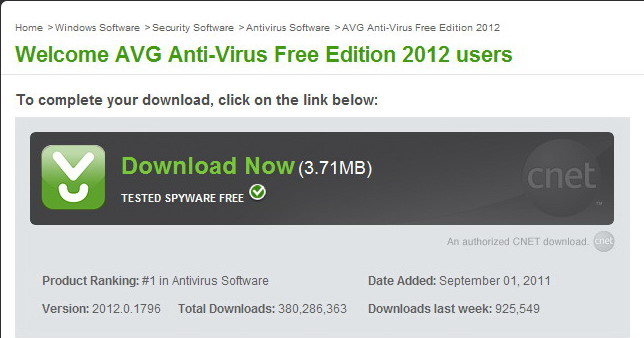
Well, there are 3 easy and convenient ways that you can do this:
#Imac app better trash how to#
Now that you know how to permanently delete and recover files in the trash folder, you might still be wondering “How Do I delete files on a Mac in the first place?” So try not to do this by accident since you might lose important files. When you press this shortcut, Mac won’t prompt you or ask you for permission or a prompt if you’re sure. If you want to skip the prompt and delete the folder immediately deleted the folder then press, “Option + Shift + Command +Delete”. Simply press “Command+Shift+Delete” and all of the files within the trash folder will be gone. If you find the steps above to be too tedious to empty the trash in a MacBook, then you can simply delete all of the files in the trash folder with a few buttons. A prompt will ask you for confirmation.Right-click on the icon and click on the trash can icon and click on the “Empty Trash” option.You can do this on the trash folder itself as well. Locate the trash icon on your Mac which is usually located on the lower right side of the screen.Simply right-click on the file toy want to permanently delete and click on the “empty trash option”.Īnother option to empty the trash is to go to the trash icon yourself and do it from there. One simple way was already shown on the image above and it follows the same step as recovering the files. If you’re looking to empty the trash on a Mac, then there are many ways to do this. Choose the “Put Back ”option and these files will return to their previous state before they were deleted. When you right-click on these highlighted files a pop up will appear giving you several options. The file will be recovered and you can access it normally.Īnother option that doesn’t require dragging is to highlight all of the files you wish to recover and right-click on them. You can simply click on the file itself and drag it out of the folder. Retrieving or recovering files that have been deleted is easy once you’re inside the trash folder.

Which brings us to the topic of recovering files. Once inside the trash folder, you’ll be able to see all the deleted files inside the folder and you can choose to restore them or delete them permanently. In this case, simply type “Trash” and it will give you access to the trash folder from there.A window will pop up where you can type what you’re looking for.From the toolbar, press Command+Shift+G.Using the search functions to open the trash bin Enter the terminal by pressing command and spacebar.We suggest either using the terminal or search it via the inbuilt search function Mac has. If for some reason the icon isn’t there, then there are other ways to access the trash folder. And it’s easily distinguishable from the others since it has a trash can icon. The Trash folder on a Mac is located on the lower right side of your screen.
#Imac app better trash mac os x#
Thankfully Mac OS X has a very intuitive interface allowing even first-time users to easily get around. Now that you know what the trash folder is and why it’s so important, its time to figure out where it is located on your Mac. Having the ability to freely delete files and put it back on your computer if you really need it makes the trash folder a very useful feature in Mac OS X which explains why it’s very important that you properly use it to your advantage. And just like with a trash can, you have the option of throwing away all of the contents of the trash folder or you can also recover misplaced files in the first place. So if you have especially large files on your Mac that you don’t need anymore or are simply taking up valuable space, then it’s a good idea to put them in the trash folder.

This makes it very useful for managing files that you no longer need. It’s a container where you can dump files that you never need similar to how a trash can works. So first of all, the trash folder is pretty self-explanatory from the name itself. But first, we have to understand what the trash folder is and why it’s very important. Before we move to do things with the trash folder like deleting files, recovering files, as well as shortcuts that will speed up your efficiency.


 0 kommentar(er)
0 kommentar(er)
